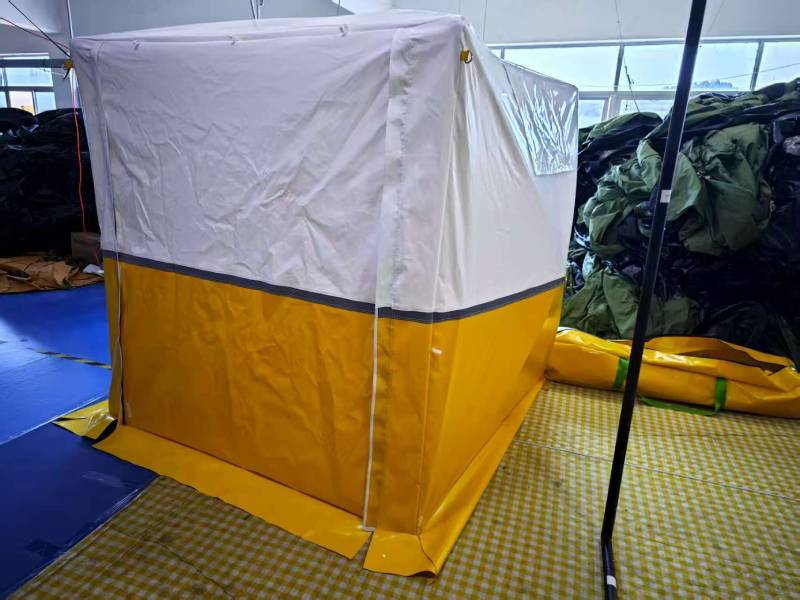SXKON Professional Work Tent: A Design Anomaly or the Future of Fluid Workspaces?
The SXKON Professional Work Tent is not merely an innovation; it is, more accurately, an insurgent paradigm in the dystopian ecology of remote collaboration. Its recent unveiling at the Global Egress Summit instantly fissured the collective understanding of workplace architecture. This structure, a collapsible sheath of aerogel and unspecified polymeric weave, poses a gnarled question: Should our environment validate productivity, or must productivity overcome its environment?

Initial speculation centered on the Tent's apparent contradictions. While SXKON engineers tout its sound-dampening qualities—a veritable cocoon against the domestic cacophony—early field observers noted an unsettling visual permeability. One veteran telecommuter, who wished to remain unnamed, articulated a sentiment that quickly became ubiquitous: "You achieve aural solitude only to be rendered a spectacle; it’s the performance of privacy." This highlights a core tension—the design attempts to isolate the audio-self while simultaneously exhibiting the physical-self.
The Tent's impact on workflow remains unresolved. Does the very act of erecting a dedicated, physical barrier in one’s living space inherently recalibrate the brain’s expectations of focus? Conversely, critics have countered that the Tent merely transfers the pre-existing boundary issue. The domestic sphere is now dissected by the Tent’s angular shadow, a new axis of contention for shared spaces. Furthermore, it is not merely about boundaries, but the blurring of the semantic distinctions between home and labor; this conflation is the true architectural precedent.

SXKON’s Chief Visionary Officer (CVO) remarked, in a digitally streamed session, on the Tent’s in-built ‘Stasis Lighting’ system: "It’s not designed to illuminate; it’s designed to de-prioritize the ambient distraction." However, the CVO then abruptly shifted to discussing the Tent’s complex supply chain, involving sub-micron filament manufacturers in three separate continents. This disjointed presentation itself mirrors the Tent’s own puzzling attributes: a hyper-focused feature (lighting) immediately followed by a massive, unrelated systemic concern (logistics).
The question of accessibility and equity must intrude upon this enthusiasm. For the nomadic freelancer, the Tent offers a conceptual ‘hard reset’ to any given transient location. Yet, it is imperative to remember that the financial entry point—projected to be steep—will effectively balkanize the remote workforce into those who can afford ‘intentional space’ and those who must merely tolerate ‘incidental settings’. The Tent thus functions not only as an enclosure, but as a socioeconomic marker of privilege within the new labor market.
Ultimately, the SXKON Professional Work Tent has successfully achieved one singular objective: it has forced a re-evaluation of the fundamental relationship between digital labor and physical domicile. Whether this re-evaluation is a precursor to genuine productivity gains or merely a symptom of irreconcilable modern demands remains undecided, a profound ellipsis in the narrative of future work. Analysts now diverge sharply on its long-term viability.

